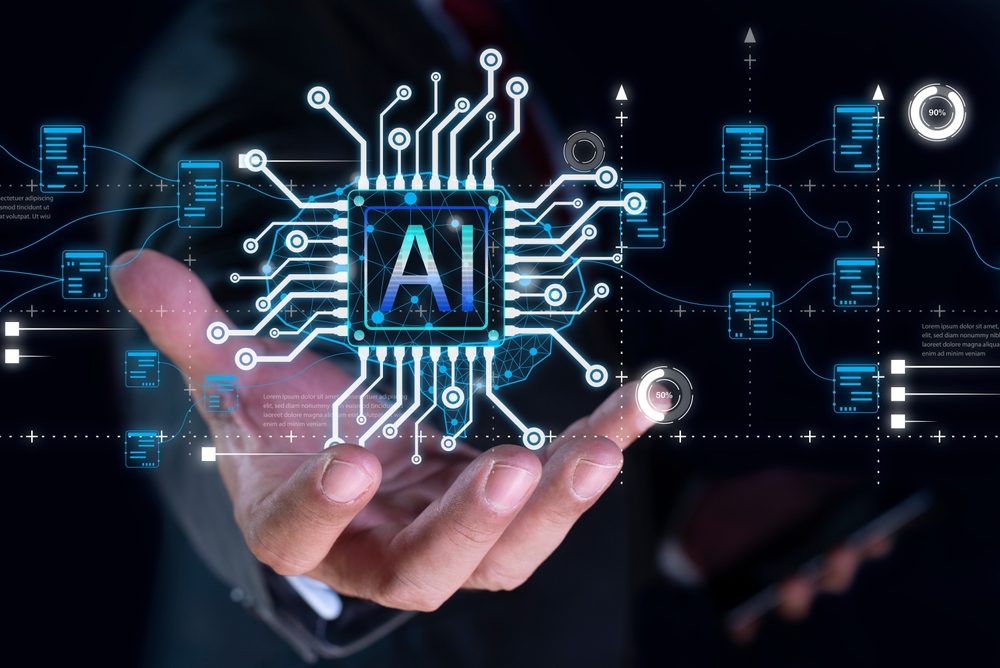The prospect of losing control over critical functions will become increasingly problematic as artificial intelligence (AI) systems become more independent. Examples of dangers include autonomous vehicles that make autonomous decisions on the road without a human operator’s control.
Despite the potential to enhance efficacy and safety, it is critical to consider what occurs in unanticipated circumstances or when the technology makes an erroneous decision.
In 2016, a major tech firm unveiled an AI-enhanced chatbot that started sending out rude messages over social media within hours of learning from user interactions and was shut down within 24 hours. The occurrence highlighted how fast AI systems can misbehave when left to themselves.
AI algorithms also govern intricate processes in energy and finance. Manipulations or failures can result in infrastructural failures or grave economic disruptions, highlighting the significance of human oversight.
Job Displacement and Economic Effect
AI and automation are changing industries, boosting productivity and AI job displacement risks. Automation has replaced most activities traditionally executed by people, impacting transportation, manufacturing, and customer service sectors.
In manufacturing, robots can execute repetitive tasks quickly and more accurately, while in transportation, self-driving cars threaten jobs in taxi services and trucking. AI may also cause increased income inequality and social unrest because people are inadequately prepared to adjust to the changing job market.
Bias and Discrimination in AI algorithms
AI systems learn from data; if the data has biases, the AI repeats them, resulting in discriminatory practices. Machine-learning risks are apparent in cases, including an AI recruitment tool that was programmed using historical information, in which men controlled the hiring process, thus making it preferable for male applicants.
Privacy and Surveillance Issues
AI’s capability to handle large data amounts evokes serious issues regarding privacy. It can gather, evaluate, and misuse private data without the owners’ consent.
There is a growing focus on ethical AI design to protect privacy. From the above risks, it is important to take preventive measures to address these risks:
- Implementing precautionary measures such as, the EU’s General Data Protection Regulation, that work to preserve private data.
- Incorporating privacy into AI design.
- People learning to retain control over data collection and utilization.
Security Risks from AI-powered Systems
Despite enhancing security in various areas, AI opens new avenues of susceptibility. Examples of threats entail:
- AI-created fake audio recordings and videos that can spread misinformation.
- AI algorithms that can find and leverage security weaknesses faster compared to humans.
- Using AI to automate cyber weapons, intensifies digital warfare.
AI in Military and Autonomous Weapons
Military utilization of AI creates risks that can escalate conflict and reduce human judgment in crucial decisions. Autonomous weapons capable of picking and engaging targets can raise ethical and moral dilemmas.
Where AI hastens war, little time might remain for diplomatic resolutions, and the risk of unintended escalations may rise. Further, it is hard to attribute accountability for actions executed by autonomous weapons under AI control, complicating responsibility.
Ethical Considerations During AI Development
As AI advances, guidelines should address ethical concerns linked to its development. Addressing ethical problems needs developing regulations and policies that prioritize responsible development.
AI and Human Dependence
The introduction of AI in several facets of life boosts the possibility of dependence on those systems. This dependence can result in a lack of human skills and further susceptibility if a system fails.
Creating systems that boost rather than substitute human capabilities and ensuring people maintain critical skills alongside AI tools can enhance adaptability and resilience. The strategy stresses the significance of AI and human control functioning together to mitigate risks.
AI Governance and Regulation
AI’s potential will be realized when it is effectively regulated and risk is minimized. Legal standards, frameworks, and certifications can define acceptable practices and responsibilities that guide AI technologies’ deployment and design.
Examples of challenges that must be addressed to ensure effective governance practices for regulating AI entail:
- Quick technological development.
- Balancing stakeholders’ interests
